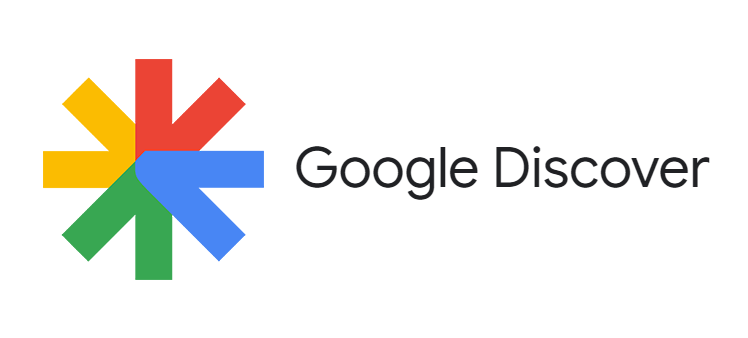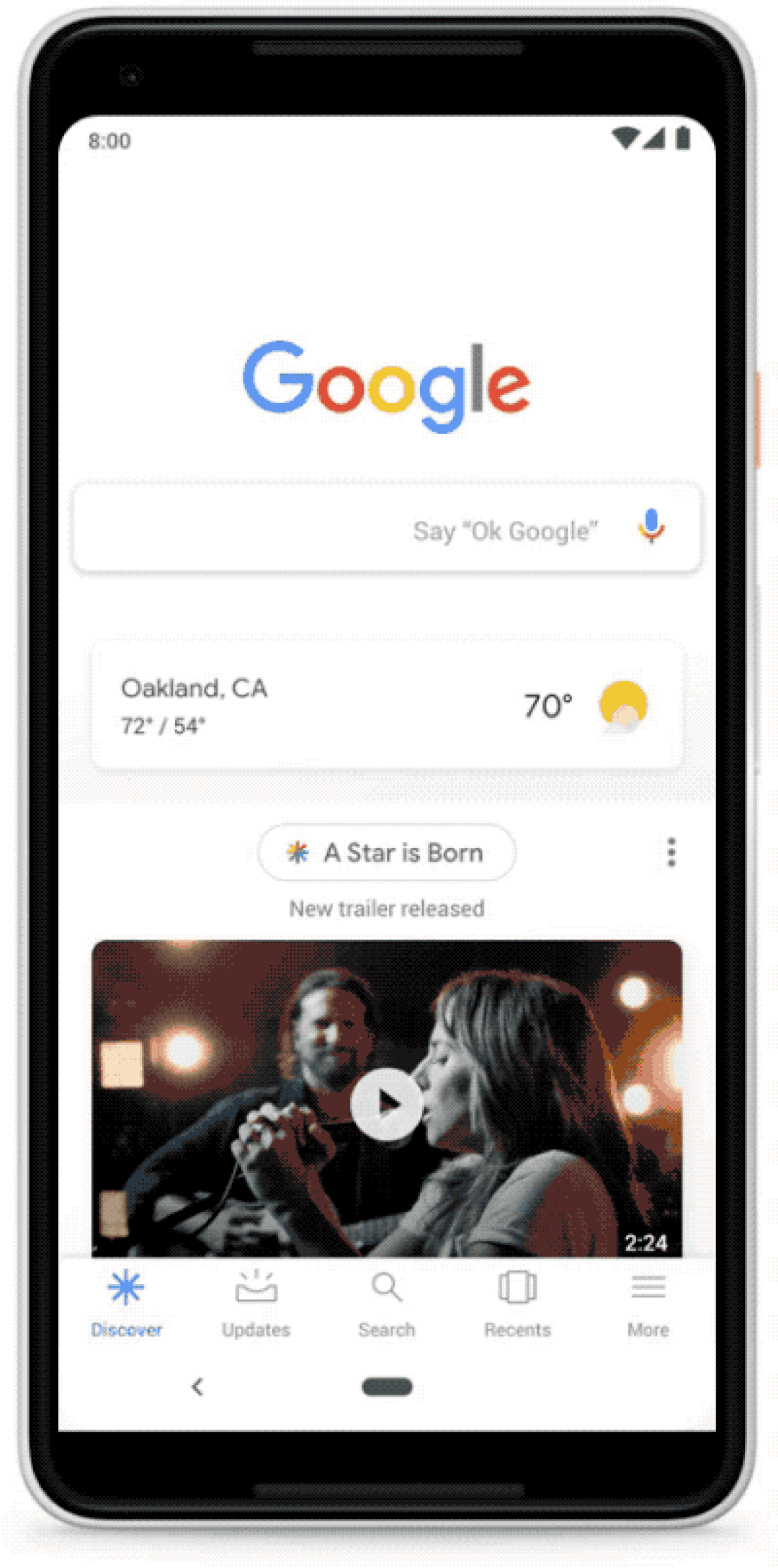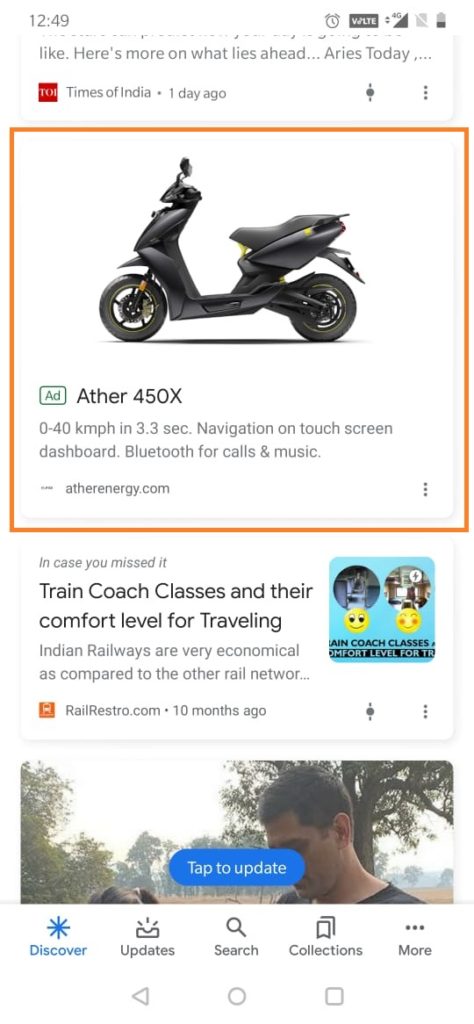
To sustain in this highly competitive digital
world demands brands to stay in front of their consumers. Brands must acquire in-depth
knowledge of their target audience to cater them with personalized content.
Google often stays at the forefront especially when it comes to innovation. Striving to provide its users a query-less
search experience on mobile, Google introduced a new feature called Google
Discover. Let’s go into the details and understand what exactly it offers.
Aiming to target 2.5 billion active android users in
the world, Google launched this new feature in September 2018 specifically on
its mobile application. Somewhat
similar in concept to that of a feed, Google Discover displays relevant content based on user’s interest and browsing
history. It provides access to highly interactive, visually
inspiring, swipeable content. In span of less than two
years, Discover has amassed a massive user base of over 800 million.
This feature is available right below the regular search bar on Google app. User get access to wide range of content related to various streams like news, current affairs, trending topics and evergreen content as well.
Discover works on AI assisted algorithm which separates it from other feed platforms. This algorithm predicts the content which the users might be interested in and also recommends similar content matching user preferences. It evolved itself by accessing user’s profile and browsing data. Content is curated as per user interests with no search query required by the user. It is an amalgamation of AI technology and user data through which it produces the relevant content. Instead of waiting for users to type a search query, Google discover aims to stay one step ahead by predicting what the user might be interested in.

How does it differ from a usual feed?
Google revamped and rebranded feed. Feed was more text based, meta-description, headlines whereas Discover is more visual with photos and videos. In discover, user can hit the follow button to get more content for the topics of their interest. They can also delete the topics which they don’t find relevant by un-checking them. User gets access to broader range of content when it comes to Google Discover.
Key points for marketers to feature content on Discover:
- Creating fresh content: For content to show up on Google Discover, it should resonate with the needs of the users. The quality of content and its relevance for users ranks the content higher. Unlike any usual keyword loaded article, creators must focus on content which has been consumed well in the past and should produce similar content.
- Highly visual content: Text based content no longer grab user eyeballs. Content must include media which makes it more appealing. Informative photos and videos in the form of tutorials and demos attract the audience.
- Create diversified content: Discover has something to offer for all users with distinct tastes. It shows content from various topics and streams which doesn’t restrict content creators while planning for the content.
- Mobile friendly website: Optimizing website for mobile is extremely vital. Only mobile friendly websites are indexed and placed on Discover. Website structure should make it easy for users to navigate through the website.
Discovery Ads:
In the latest Google and Ipsos research, 76% of consumers like to make unexpected discoveries while shopping, and 85% of consumers will take relevant actions within 24 hours of discovering a product, such as reviewing reviews, comparing prices, or Is the purchase of goods, Google’s upcoming new Discovery ads, can make ads published by advertisers appear on the YouTube homepage dynamic wall, Gmail promotional content and social network tabs, and personal information wall Discovery.
Ads on discover are highly targeted, personalized and closely related to the interest areas of the user. Unlike a usual social media feed which are outbound and often ignored by the users, discovery ads being interest based tend of bring high user engagement.
While setting up discovery ads, user can enter up to five headlines and description each combined with a high quality image. This increases the likelihood of these ads being relevant as per user requirement which would result in higher conversion and click through rate.
Examples of Discovery ads:
How SEO on discover works differently?
Traditional SEO operates by ranking the content primarily based on the keywords and phrases. But because there isn’t any search query entered in Discover, SEO ranks content based on its relevance for users and topic of interest.
Creators must focus on creating fresh content which should be enjoyed by the users. With Google Discover the dynamics of SEO has changed upside down. Understanding your target audience has become all the more important. Unless you know the interest areas of your users you will always lack on the relevance quotient of your content.


